Pilot-operated relief valves and pilot-operated sequence valves are both types of valves commonly used in industrial applications. While they may seem similar at first glance, they have different functions and operate differently. In this article, we will explore the differences between pilot-operated relief valves and pilot-operated sequence valves.
Pilot-operated relief valves are used to protect equipment and systems from overpressure. They operate by opening when the pressure in the system exceeds a predetermined set point. This allows excess pressure to be released, which protects the system from damage or failure. Pilot-operated relief valves consist of two main components: the main valve and the pilot valve.
The main valve is responsible for controlling the flow of fluid in the system. When the pressure in the system reaches the set point, the pilot valve opens and allows fluid to flow from the system to the atmosphere. This reduces the pressure in the system and prevents damage or failure.
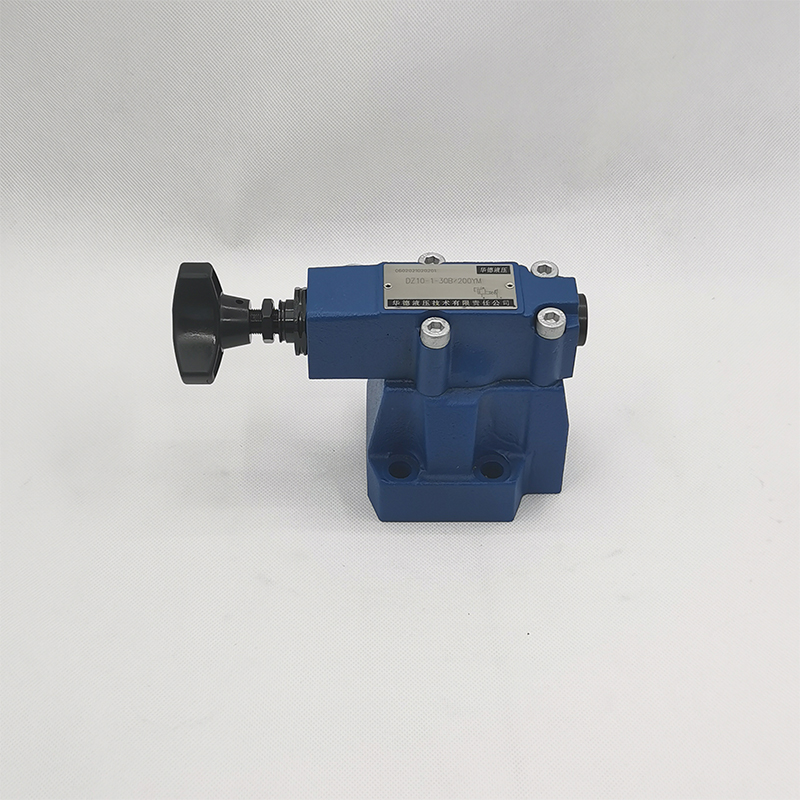
Pilot-operated relief valves are commonly used in industries such as oil and gas, chemical processing, and power generation. They are particularly useful in systems that operate at high pressures, where overpressure can cause significant damage.
Pilot-operated sequence valves, on the other hand, are used to control the sequence of operations in a hydraulic system. They operate by opening when a predetermined pressure is reached in the system, allowing fluid to flow to another part of the system. Pilot-operated sequence valves are often used in systems that require precise control, such as in manufacturing processes.
Explore more:Oil Seals - Everything You Need to KnowThe Heart of the Machine: Exploring the Importance of Electric Motor BearingsDifference Between Gate Valve and Globe ValveHow to replace worn-out metal slurry pump impeller?Horizontal vs. Vertical Desulphurization Pump, which is better?What is the significance of Rockchip ARM Motherboard for 3D Machine?Bearings in Industrial Applications: Navigating the Machinery LandscapePilot-operated sequence valves consist of two main components: the main valve and the pilot valve. The main valve is responsible for controlling the flow of fluid in the system, while the pilot valve is used to control the opening of the main valve. When the pressure in the system reaches the set point, the pilot valve opens and allows fluid to flow to the main valve, which then opens and allows fluid to flow to another part of the system.
One of the key differences between pilot-operated relief valves and pilot-operated sequence valves is their function. Pilot-operated relief valves are designed to protect systems from overpressure, while pilot-operated sequence valves are used to control the sequence of operations in a hydraulic system.
Another difference between the two types of valves is the pressure at which they operate. Pilot-operated relief valves typically operate at higher pressures than pilot-operated sequence valves. This is because relief valves are designed to protect systems from overpressure, which can occur at very high pressures. In contrast, sequence valves are used to control the flow of fluid in a system, which typically occurs at lower pressures.
Finally, the way in which the two types of valves operate is different. Pilot-operated relief valves open when the pressure in the system exceeds a predetermined set point, while pilot-operated sequence valves open when a predetermined pressure is reached in the system. This difference in operation allows pilot-operated sequence valves to control the sequence of operations in a hydraulic system, while pilot-operated relief valves protect systems from overpressure.
In conclusion, pilot-operated relief valves and Huade pilot-operated sequence valves are both important components of hydraulic systems. While they may appear similar, they have different functions, operate at different pressures, and operate in different ways. Understanding the differences between these two types of valves is important for anyone working with hydraulic systems, as it can help ensure the safe and efficient operation of these systems.
Explore more:What is a 45 degree elbow?What is the purpose of the coil in a solenoid valve?Applications of Air Cooling High Frequency RectifiersWhy DC Inverter Heat Pumps Excel in Both Heating and Cooling?Exploring the Dynamics of UAV MotorsWhat are bevel gears used for? Where is steel Fibre reinforced concrete used?




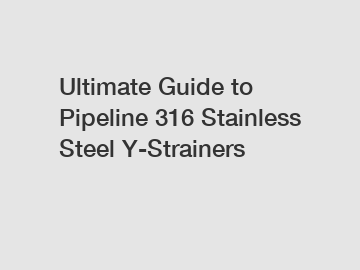
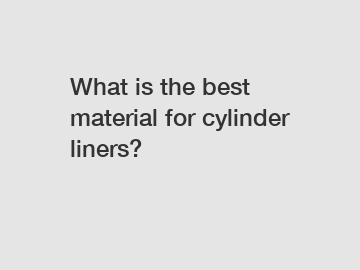

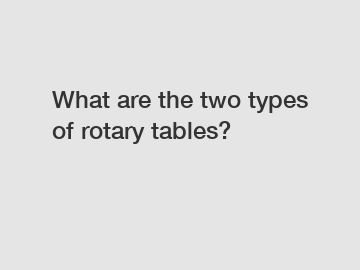


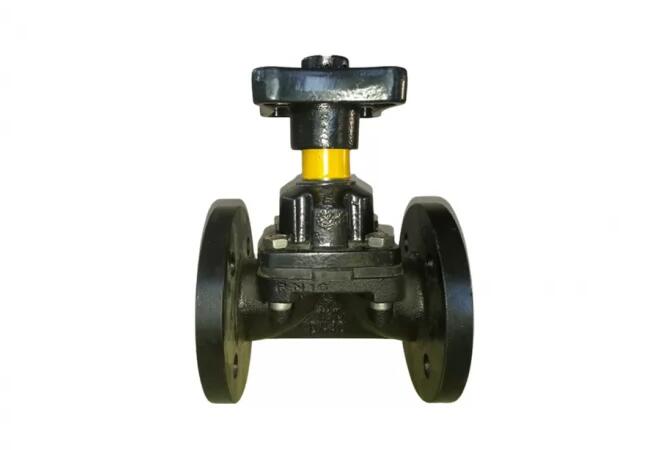
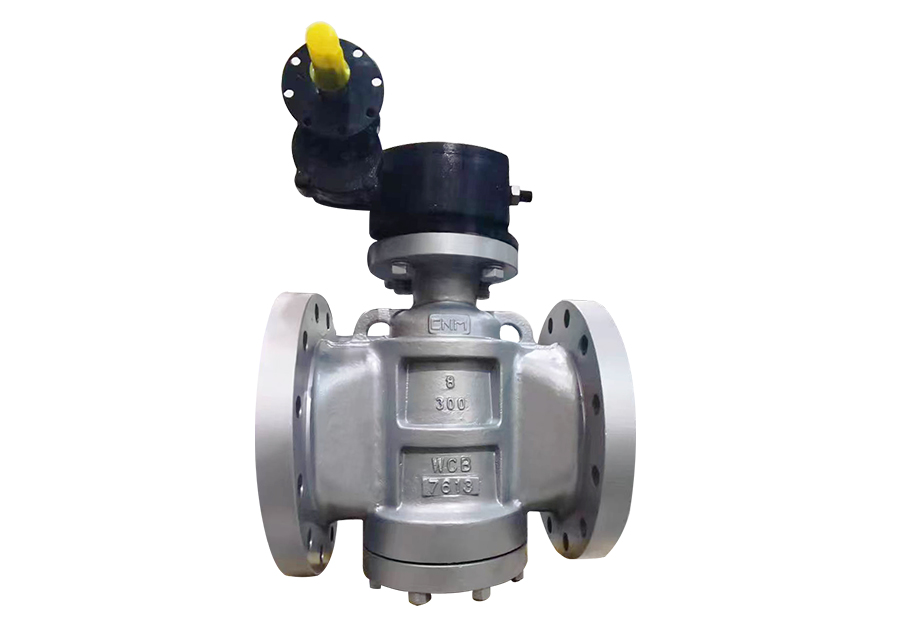
Comments
Please Join Us to post.
0